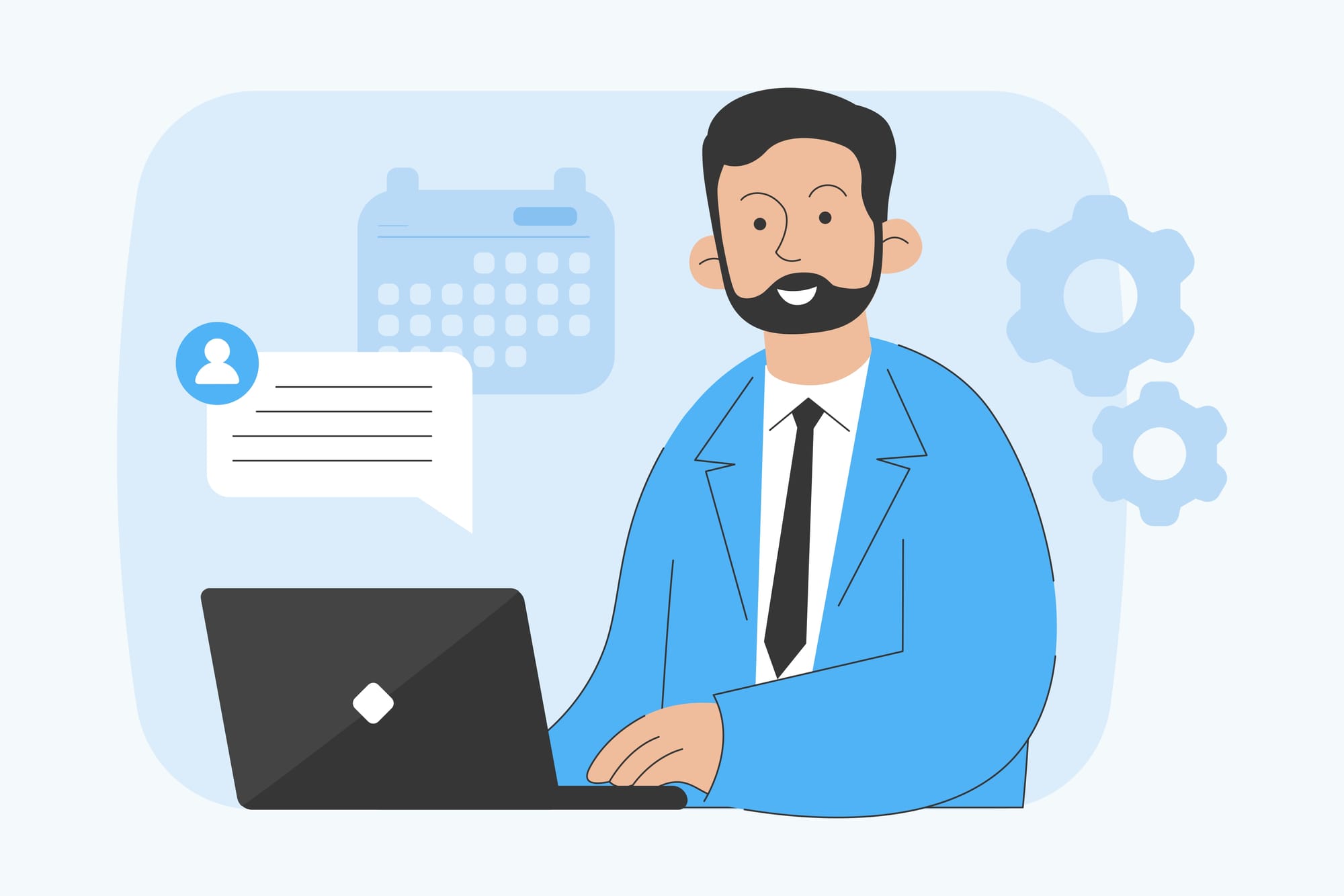Medical Dictation: What is it and How it Works in 2024

What are Medical Dictation & Medical Transcription?
Medical dictation and medical transcription are essential components of clinical documentation in the healthcare industry.
Dictation is the process where physicians or healthcare providers verbally record patient encounters, including test results, diagnoses, treatments, and care plans.
This method allows for a quick and efficient way to capture detailed medical information without the need for immediate manual entry.
Medical transcription is the next step in this documentation process.
It involves converting the audio recordings from medical dictation into written text.
Transcriptionists, who may be specially trained professionals or AI software, listen to the recordings and accurately transcribe them.
This written documentation is then added to the EHR (electronic health record) system, ensuring that all information is accurately captured and readily available for future reference.
These processes are interconnected and vital for maintaining thorough and precise medical records.
Dictation allows healthcare providers to efficiently capture comprehensive patient information, while transcription ensures this information is systematically organized and accessible.
Together, medical dictation and transcription streamline the documentation process, improve the accuracy of patient records, reduce the administrative burden on healthcare providers, and ultimately enhance patient care.
How Does Medical Dictation and Transcription Work?
Medical dictation and transcription are integral processes in the documentation of patient care within the medical field. Here’s how they work:
- Medical Dictation: During or immediately after a patient encounter, healthcare providers record detailed information about the visit. This can include observations, diagnoses, treatments, and care plans. The recording is often done using digital voice recorders or medical dictation software. Providers may initially take shorthand notes during the encounter, which are later expanded into full sentences and detailed narratives through verbal dictation.
- Medical Transcription: After the dictation is completed, the recorded audio needs to be transformed into written text. This is where medical transcription comes into play. Transcriptionists, who may be humans or AI-powered medical dictation software, listen to the audio recordings and type out the content. They are trained to understand medical terminology and ensure that the transcription is error-free and matches the dictated audio accurately. The transcribed document is then reviewed for accuracy and entered into the patient’s medical record.
Why should you use AI Scribers over Hiring a Medical Scriber?
Opting for AI scribes over traditional medical scribes brings numerous benefits to medical professionals, enhancing efficiency, accuracy, and patient care:
- Speed: AI scribes transcribe medical notes in real time, making documentation instantly available. This eliminates the need for healthcare providers to spend additional time on paperwork after patient visits.
- Cost-Efficiency: While traditional scribes may charge per minute of transcription, leading to variable costs, AI scribes often come with flat-rate pricing.
- Accuracy: AI scribes have an exceptional grasp of medical terminology, abbreviations, and phrases. They offer accuracy rates surpassing 99%, significantly reducing the likelihood of errors.
- Integration with EHR Systems: Many AI scribing solutions integrate with major EHR platforms, to make sure that patient notes are promptly and accurately entered into her system.
- Time Savings: By streamlining the transcription process, doctors can reclaim up to 3 hours a day, allowing them to allocate more time to patients rather than administrative tasks.
- Continuous Improvement: AI systems enhance their performance over time, learning from new data to expand their medical vocabulary and improve documentation quality.
- Flexibility and Mobility: With cloud-based dictation, healthcare providers are not confined to their offices anymore. They can dictate from anywhere, using various devices, and enjoy features like automatic uploading, transcription, and integration into patient charts.
Quadrant Health is a comprehensive CCM platform that allows practices to personalize and automate patient check-ins using generative AI.
Frequently Asked Questions
Do doctors still use dictation?
Yes, doctors still use dictation as a vital part of clinical documentation.
To save time and enhance patient care, many now hire medical scribes or use advanced medical dictation software.
These tools have different features for recording patient data, like ready-made templates for common medical conditions, accurate medical speech recognition capable of understanding complex medical terminologies, and integration with the EHR system, improving efficiency and accuracy in medical records.
What is medical voice recognition?
Medical voice recognition is a technology that allows healthcare professionals to verbally record patient information directly into electronic health records (EHRs).
This medical dictation software translates medical speech to text, improving the efficiency and accuracy of documenting patients' data.
It eliminates the need for manual transcription, reducing the costs associated with hiring a medical transcriptionist.
By enabling doctors to update patient records instantly, medical voice recognition supports better patient care by ensuring that health information is current, accessible, and comprehensive.

